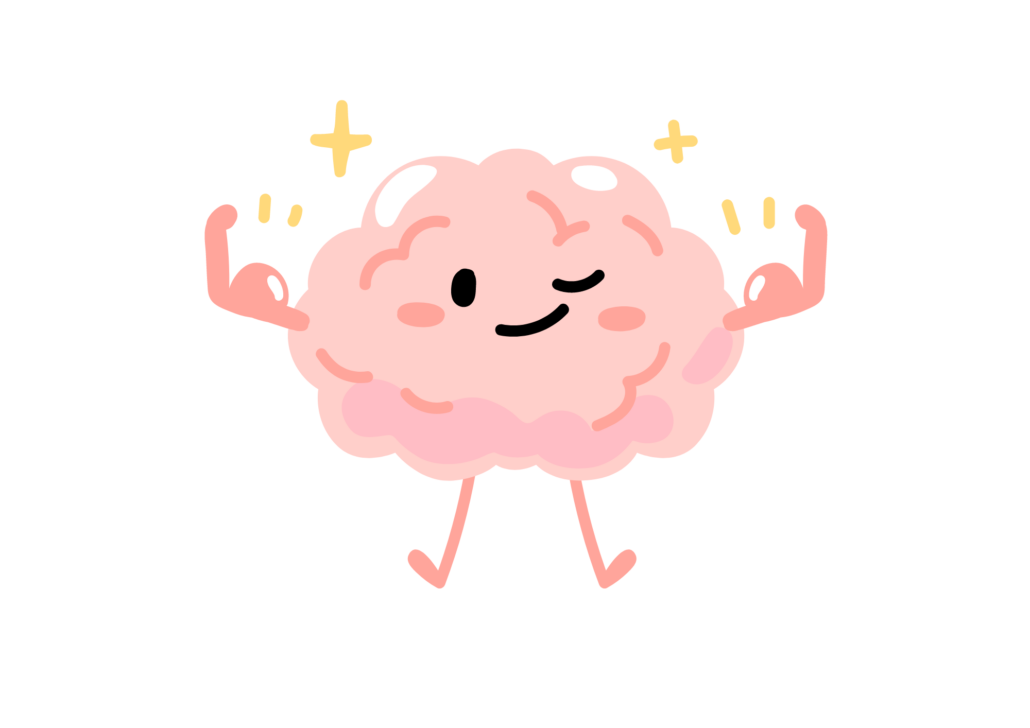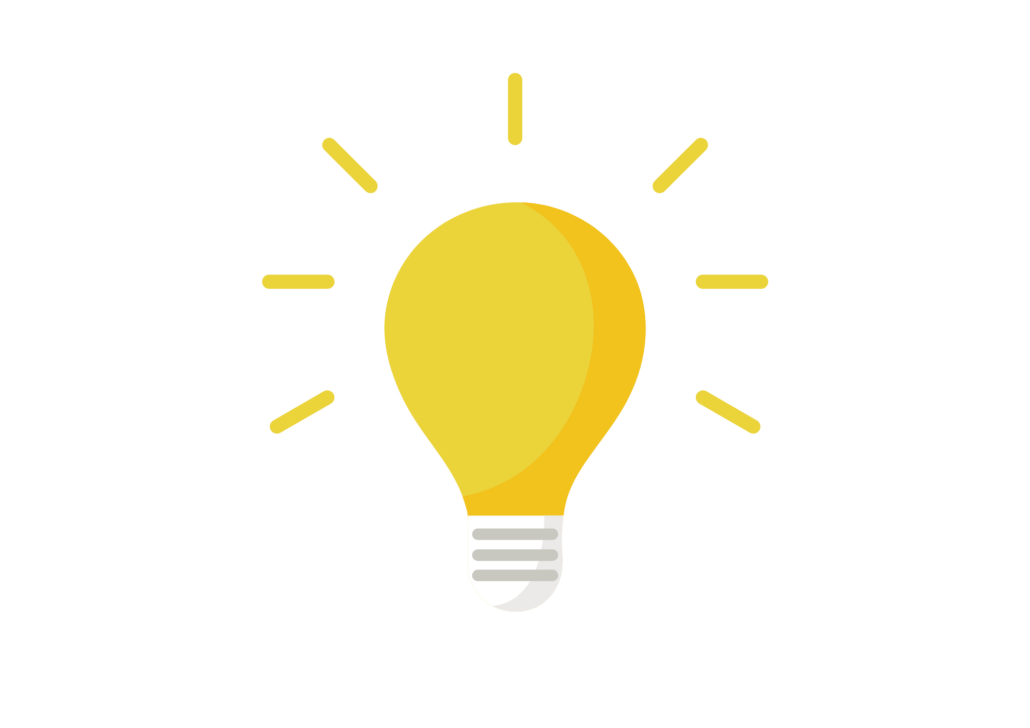Our students arrive at our classroom with a multitude of interests and strengths. As educators, we seek to foster and cultivate academic, social, and critical thinking skills through lessons and activities. We carefully design learning experiences to make sure our students learn and grow.
Educators know that learning is not a one-size-fits-all scenario. While one student may learn from reading, another may comprehend better through hearing, and another will only master a skill with hands-on experience. Rather than re-creating the lesson over and over and re-teaching the same concept day after day, teachers can offer their students various learning opportunities all at once. Read below to see how to create a classroom where every student learns in their own way each day!
What are Multiple Intelligences?
The idea of multiple intelligences is that people can learn in various ways. Some methods of accessing learning will be easier or more challenging for some than others. Honoring multiple intelligences in schools breaks away from the traditional education model that expects students to learn by reading, following an example on a board, and writing. In addition to these foundational skills, students can learn by building, creating, or more!
Some of the most common types of multiple intelligences are as follows:

Linguistic-Verbal (Language): Learners with strong linguistic-verbal intelligence can learn effectively through reading, writing, and speaking.
Logical-Mathematical (Logic): Learners with strong logical-mathematical intelligence can understand number patterns and solve problems well.
Naturalistic (Nature): Learners with strong naturalistic intelligence can understand how the world and its natural inhabitants operate with relative ease.
Intrapersonal (Self): Learners with strong intrapersonal intelligence can understand their emotions and motivations through reflection.
Musical: Learners with strong musical intelligence can notice, interpret, and perform elements of music with success.
Visual-Spatial: Learners with strong visual-spatial intelligence can picture things clearly, and understand charts, maps, or infographics with relative ease.
Bodily-Kinesthetic: Learners with strong bodily-kinesthetic intelligence can perform physical activities with ease, exhibiting strong motor control and agility.
Interpersonal: Learners with strong intrapersonal intelligence can “read” a person beyond the surface and interact with others successfully.
Student Choice
First, students can gain insight into their strengths through a Multiple Intelligence Quiz, such as this one from LiteracyWorks. It’s a fun way to learn more about oneself and consider how the results apply to what students enjoy doing and how they learn best. A Multiple Intelligence quiz or survey does not mean that students are not intelligent in a low-scoring area, but perhaps they are simply drawn to other ways of learning more.
Next, introduce your students to a choice board where you have created various learning opportunities that connect to some of the major types of intelligence. The example below uses Google Slides to create a board where students are learning a specific standard for 6th-grade Social Studies.
Let’s walk through this hyperdoc and address how you can create your template, step by step.
Step 1: Create a hyperdoc through Google Slides. You can select the style and theme, using fonts, colors, images, and layouts to appeal to your students.
Step 2: Add in the title of your topic.
Step 3: Add the standard your topic will address.
Step 4: Select a few different types of intelligence that match the quiz your students took to discover more about their learning styles. Assign an activity to each type of intelligence, clearly labeling which activity connects to which intelligence.
Tip #1: Add variety to your activities. Some activities can be digital, while others can require hands-on materials.

Tip #2: Each activity should be stand-alone and provide ample information and opportunities for learning so that students can maximize their learning no matter which activity they select.
Tip #3: Consider adding a general note-taking device or graphic organizer that students can use to collect data as they interact with their selected options. Keeping track of what they learned will help them as learners and allow you as an educator to see which activities and resources are highly effective.
Through the hyperdoc, students can select activities that appeal to their interests, play to their strengths, or even challenge them. Many students like to select an activity or two that rates high on their multiple intelligences quiz, but then expand their academic boundaries by attempting to learn through an activity where they did not rank high on their multiple intelligences quiz. Students do not have to complete every activity but should have time to complete two to three choices and collect information on the standard.
See my article, “Why Students Should Choose Their Own Tests,” to develop assessments that allow students to choose and honor their multiple intelligences!
F.A.Q.s
Q: How can I help my students boost their confidence in the types of intelligence they rank low in?
A: Encourage your students to try out an activity from a type of intelligence they rank low in for fun and practice! Let your students know that your classroom is a place where they can explore their curiosities and practice skills in a safe and supportive environment. Applaud their efforts when they step out of their comfort zones!
Q: What if my students only select the activities where they rank high in their multiple intelligences quiz?
A: Host themed days or time zones in your classroom to gamify student learning. The first 15 minutes, for example, might be “Srength Time,” where students complete the activity that matches the intelligence where they ranked the highest on the quiz. The next 15 minutes might be “Dig Deeper Time,” where students select the activity that matches the intelligence where they ranked lowest on the quiz. Consider pairing students who rank differently on their multiple intelligences so they can support each other through the activities, acting as both learners and leaders.
Q: What if my student disagrees with how the multiple intelligences quiz ranks their strengths?
A: That is okay! Students may have talents they don’t yet know about. Additionally, the quiz might not show perfect results based on how a student interpreted the questions. The student is welcome to try the quiz again, complete a similar multiple intelligences survey, or explore their strengths through the learning process in your classroom.

